The Crucial Role of Wind Direction in Deer Hunting
Wind direction plays a critical role in deer hunting, as it can either make or break your chances of success. In this article, we’ll explore the importance of wind direction in deer hunting and provide you with valuable tips on how to use it to your advantage. So, let’s dive in and discover the secrets of wind direction for successful deer hunting.
1. Deer Scent Detection
Deer have an incredible sense of smell, which is one of their primary defenses against predators, including hunters. A deer’s nose can detect scents from miles away, making it essential for hunters to remain as scent-free as possible. Wind direction is crucial in this regard, as it can carry your scent toward or away from deer, directly impacting your ability to remain undetected.
A. Scent Control
Controlling your scent is a crucial aspect of successful deer hunting. This involves wearing scent-free clothing, using scent-eliminating products, and paying close attention to wind direction. Always hunt with the wind in your face, ensuring that your scent is blown away from deer, reducing the likelihood of being detected.
2. Deer Movement Patterns
Wind direction can also affect deer movement patterns, as they often prefer to move with the wind at their backs or crosswind. This allows them to smell potential threats from behind while relying on their eyes and ears to detect danger from the front. As a hunter, understanding how wind direction influences deer movement can help you predict where they’re likely to be and increase your chances of success.
A. Identifying Wind-Dependent Deer Travel Routes
Deer may use different travel routes depending on wind direction. Study the terrain and consider how wind may affect deer movement in your hunting area. Use trail cameras to monitor deer activity in relation to wind direction, and use this information to adapt your hunting strategy.
3. Stand and Blind Placement
Choosing the right location for your tree stand or ground blind is critical to your hunting success. Wind direction should be a key consideration when making this decision, as it can impact both your ability to remain undetected and the likelihood of encountering deer.
A. Optimal Stand and Blind Locations
When selecting stand or blind locations, prioritize spots that offer a favorable wind direction for the majority of the time. This may involve having multiple stand or blind locations for different wind conditions. Additionally, position your stand or blind downwind of known deer travel corridors, bedding areas, or feeding sites to maximize your chances of success.
4. Wind Direction and Calling Techniques
Wind direction also plays a role in the effectiveness of deer calling techniques, such as rattling or using grunt tubes. Sound travels differently depending on wind direction, so it’s important to adjust your calling strategy based on the wind conditions.
A. Adjusting Calling Techniques for Wind Conditions
In light or variable winds, call more frequently and louder, as sound may not carry as far. In strong winds, be more conservative with your calling, as deer may be less likely to hear or respond to your calls. Always position yourself downwind of the area you’re trying to call deer into, to minimize the risk of being detected.
Conclusion
Wind direction plays a crucial role in deer hunting success. By understanding how wind affects scent detection, deer movement patterns, stand and blind placement, and calling techniques, you can significantly increase your chances of a successful hunt. Always pay close attention to wind direction when planning your hunting strategy and be prepared to adapt your approach based on changing wind conditions. With proper planning, attention to detail, and a little bit of luck, you’ll be well on your way to mastering the crucial role of wind direction in deer hunting.
5. Tracking and Recovering Deer
Wind direction can also impact your ability to track and recover a deer after a successful shot. Blood trails and other signs of a wounded deer can be influenced by the wind, making it essential to factor in wind direction when tracking a deer.
A. Tracking Deer in Windy Conditions
When tracking a deer in windy conditions, approach the last known location of the deer from downwind to avoid alerting other deer in the area. Additionally, be prepared to search a wider area, as wind can scatter blood droplets and make the trail more challenging to follow.
6. Additional Tips for Hunting in Different Wind Conditions
Adapting to various wind conditions is essential for successful deer hunting. Here are some additional tips to help you make the most of different wind conditions:
A. Hunting in Light or No Wind
During periods of light or no wind, deer may be more cautious and less likely to move. Be prepared to spend more time in your stand or blind, and consider using more aggressive calling techniques to entice deer into range.
B. Hunting in Strong Winds
Strong winds can make deer more nervous and less likely to move. In these conditions, focus on hunting in areas with dense cover, as deer may seek shelter from the wind. Be patient and minimize your movement, as deer may be more likely to detect you in these conditions.
C. Hunting in Changing Wind Conditions
When wind conditions are constantly changing, it’s essential to remain adaptable and adjust your hunting strategy accordingly. Have multiple stand or blind locations available for different wind directions, and be prepared to move if necessary to maintain a favorable wind direction.
7. Monitoring Wind Direction
Keeping an eye on wind direction throughout your hunt is crucial for success. Use a wind-checker or even a small piece of lightweight fabric or ribbon tied to your stand or blind to monitor wind direction. Additionally, regularly check local weather reports and forecasts to stay informed about potential changes in wind conditions.
By understanding and adapting to the crucial role of wind direction in deer hunting, you can significantly improve your chances of success. With careful planning, keen observation, and a willingness to adapt to changing conditions, you’ll be well on your way to becoming a more successful deer hunter.

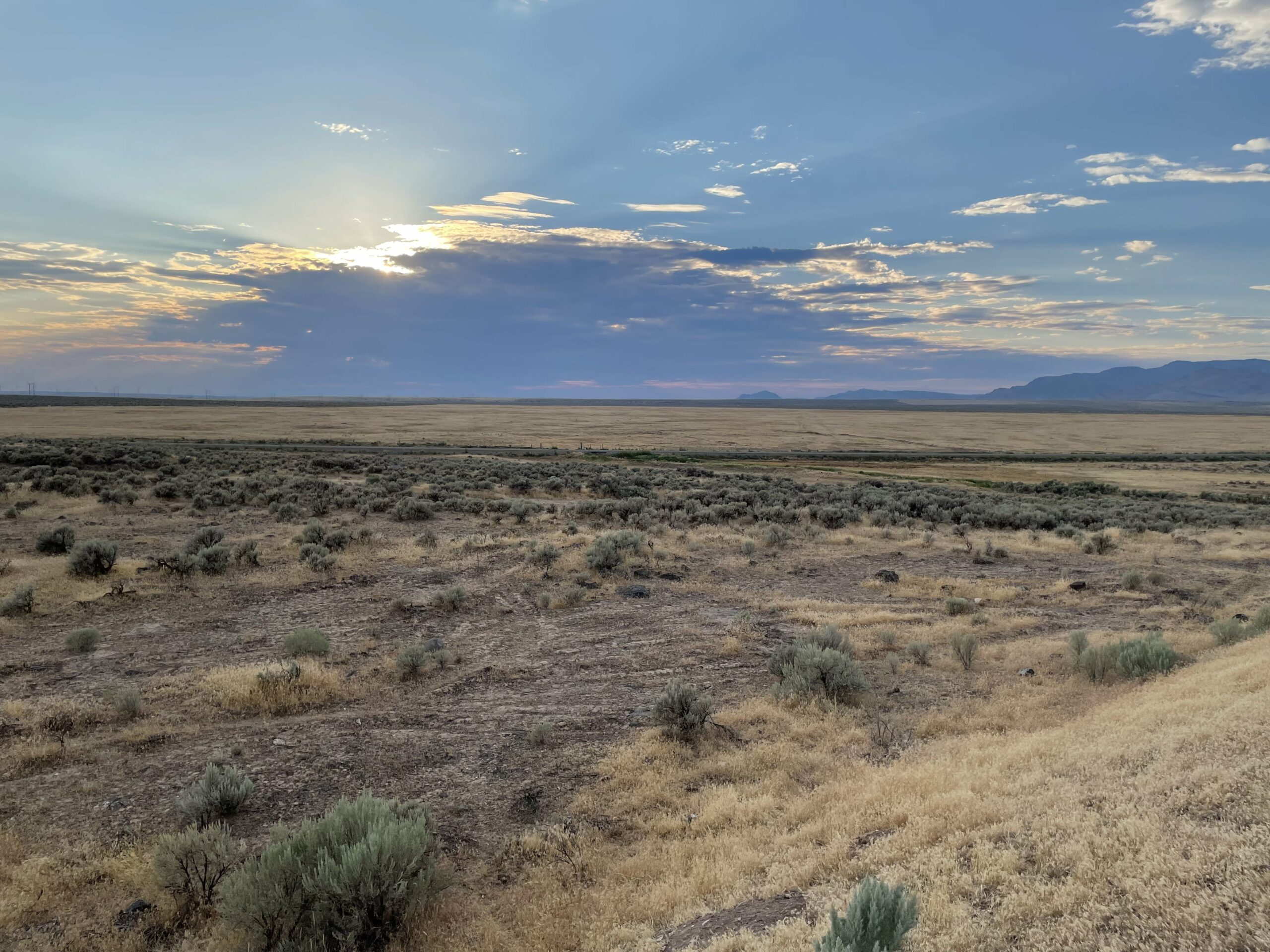
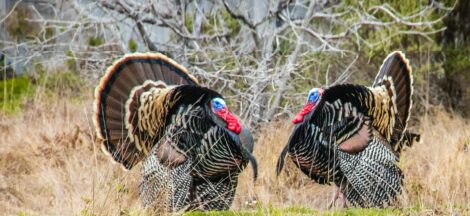
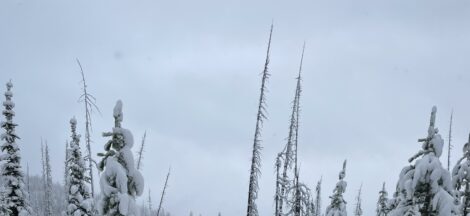
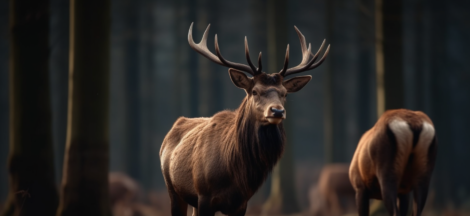
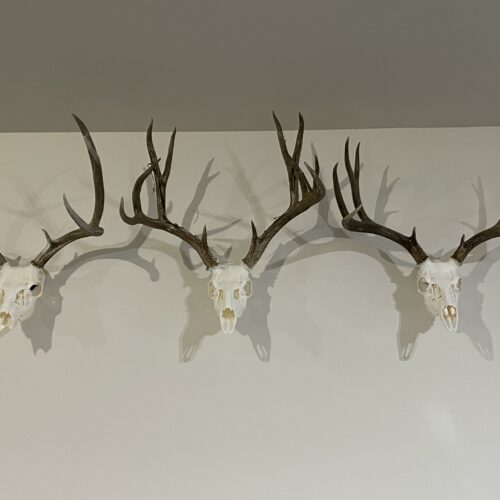 Deer Anatomy: A Detailed Look for Precise Shot Placement
Deer Anatomy: A Detailed Look for Precise Shot Placement